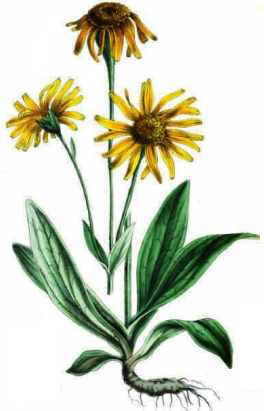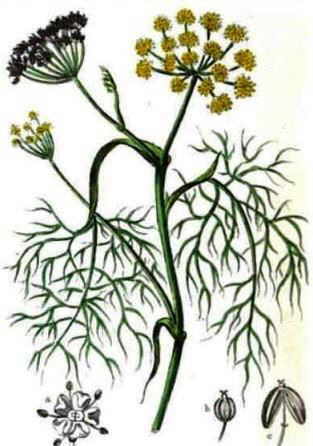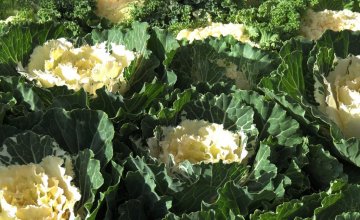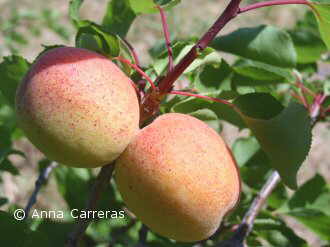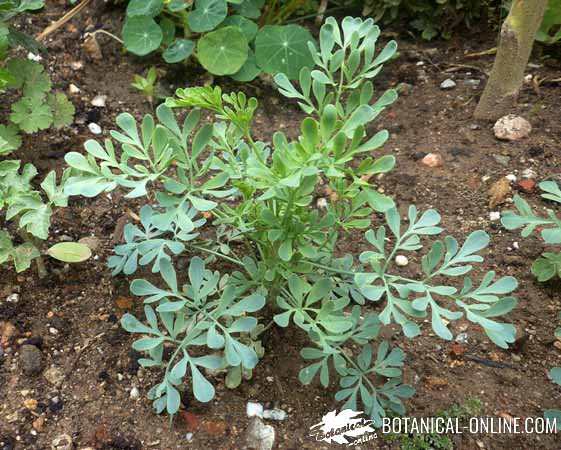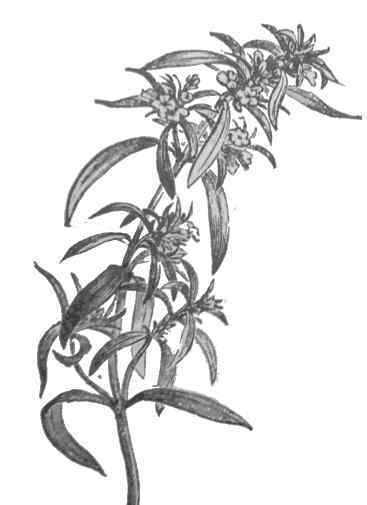Contents
How to grow sorghum
SORGHUM CROP
Sorghum. Type of soil
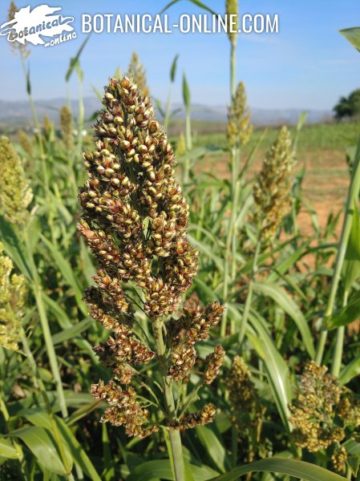
It grows in warm, sunny, well-drained, moderately acidic / alkaline soils (pH 6.2 to 8), especially varieties of sweet sorghum (Sorghum bicolor and Sorghum saccharum) that need calcium carbonate for them to grow.
It is an easy plant to grow in fertile soil and moderate-high water availability.
It adapts to a wide variety of soils, including clay soils, tolerating some degree of salinity.
Sorghum. Environment and exposure
They are plants that grow best in the light and resist dry climates.
Sorghum. Cultivation temperature
Due to its tropical origin, sorghum requires high temperatures for normal development.
Germination: Minimum 18 ° C-23 ° C (optimal). Growth temperature between 15 – 32 ° C (optimal).
Flowering: minimum 16 ° C.
Temperature changes especially during flowering can reduce grain yield of sorghum.
Sorghum. Irrigation water
Sorghum grows best in climates with drought than in excess moisture, but it can tolerate flooding.
The higher water requirements of the plant occur within 30 days of its emergence, and it must be maintained during panicle formation and flowering.
Similarly, sorghum responds well to irrigation, and this is what will determine grain yield of the plant.
This plant has the capacity to remain dormant during periods of drought.
Sorghum. Sowing
It is recommended to start sowing with the onset of spring rains so that the root system can develop before the start of drought time or summer. Normally this date coincides with 30 days after planting of corn in each region.
Moisture at the time of sowing is essential. Seeds should be placed at a depth between 2 and 4 cm from the ground and not more than 5cm.
In large crops, planting density recommended is about 20 to 30 plants per square meter (m2) and a separation line between 20 and 60 centimeters.
Sorghum. Fertilization
Fertilizer needs in amounts of fertilizer are: 200kg of nitrogen (N); 100kg (P2O5); 150kg of potassium oxide (K2O)
Units must be recalculated if the crop soil is rich in organic matter, potassium and / or phosphorus.
Sorghum. Harvesting and storage
Sorghum harvest can be done 30 days after flowering, when the grain has lost almost half of humidity.
Sorghum should be stored in low humidity conditions, without exceeding 12%. For the preparation of flour, it must be allowed to dry in the sun and then ground.
Sorghum crop yield
In irrigated crops, higher yields than in rainfed. It is approximately expected about 7.000kg of grain per hectare.
Sorghum. Diseases
Among the major diseases, we can mention the following:
– Roya, caused by the fungus Puccinia purpurea
– Downy mildew, caused by the fungus Peronoesclerospora sorghi
– The corn mosaic caused by virus
– Gray Leaf spot, caused by the fungus Cercospera sorghi.
– Anthracnose, caused by the fungus Colletotrichum graminicola
– Fusarium wilt
– Etc
Sorghum. pests
Among the major pests of sorghum, we have:
– The red spider (Tetranychus sp) Spiders suck sap and weaken the plant. If you jolted on undersides of leaves you can see small red spots that looking after the magnifying glass, are clearly distinguish as the shape of a pudgy red spider.
They can be removed by natural insecticides, spraying the leaves for a month, resting between every application a week or week and a half.
– Aphids
– Wireworms
– Other pests: white worms (Anoxia villosa), cutworms (Agrotis segetum), Fall armyworms (Spodoptera frugiperda), etc..
![]() More information on sorghum.
More information on sorghum.


